


Using computerized controls and rotating spindle head, CNC milling removes material from the workpiece to create a part that meets the required specifications. A variety of substrates can be machined in this process, including plastic, metal, wood, and glass.
Several different processes can be used in CNC machining, including mechanical, chemical, electrical, and thermal processes. CNC milling falls under the category of a mechanical process since cutting and drilling are powered mechanically without any manual operation.
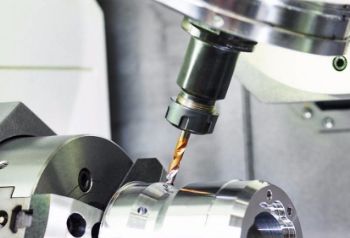
The CNC milling process follows the same steps many other machining types do. It can mainly be divided into the following steps: 1. Designing a CAD model and export it to a CNC file format. 2. Converting the CAD model into a CNC program using CAM software. 3. Setting up the CNC milling machine by setting up the worktable and the workholding device, and attaching the milling tools and machine spindle. 4. Executing the milling operation. Depending on the type of part, we can use horizontal or vertical milling machines. When the milling process starts, the cutting tool will rotate at incredibly high speeds — up to thousands of revolutions per minute! It can create many different shapes, holes and any other impression the part requires.
1. Materials Range
We have more than 50 types of plastic and metal block with different specifications for CNC machining.
2. Custom Surface Finishes
We provide different surface finishes for you to choose.
3. High Precision Tolerances
Precision tolerances vary, due to size and material types, from +/-0.001″ to +/-0.005″.
4. Cost and Time Efficient
With automatic programming, we come up with the optimal solution for both low and high volume production.
5. Complexity Requirement
CNC machining is suitable for both prototypes and large batch parts. Our equipments and experience can help produce parts with complex shapes as required.
6. Integrated Service
We possess different but mature product lines. We can meet your various demands and provide best solution.
Metric units
Maximum part size:1100mm * 650mm * 650mm
Minimum part size:0.5mm
Imperial units
Maximum part size:43.3 in * 25.6in * 25.6 in
Minimum part size:0.019 in
Metric units
Maximum part size:1100mm * 650mm * 650mm
Minimum part size:0.5mm
Imperial units
Maximum part size:43.3 in * 25.6in * 25.6 in
Minimum part size:0.019 in
| Aluminum | Stainless Steel | Mild Alloy Tool Steel | Other Metal |
| 6061-T6 | 303 | Mild Steel 1018 | Brass C360 |
| 6082 | 304L | Copper C101 | |
| 7075-T6 | 316L | Mild Steel 1045 | Copper C110 |
| 5083 | 2205 Duplex | Alloy Steel 1215 | Titanium Grade 1 |
| 5052 | 17-4 | Mild Steel A36 | Titanium Grade 2 |
| 15-5 | Alloy Steel 4130 | Invar | |
| 2014 | 416 | Alloy Steel 4140 | Inconel 718 |
| 2017 | 420 | Alloy Steel 4340 | Magnesium AZ31B |
| 2024 | 430 | Tool Steel A2 | |
| 6063 | 440C | Tool Steel A3 | |
| 7050 | 301 | Tool Steel D2 | |
| A380 | Tool Steel S7 | ||
| Mic 6 | Tool Steel H13 | ||
| Tool Steel O1 |
| Plastics | Reinforced Plastic |
| ABS | Garolite G10 |
| Polypropylene | Polypropylene PP 30% GF |
| Nylon 6 | Nylon 30% GF |
| Delrin (POM-H) | FR-4 |
| Acetal (POM-C) | PMMA (Acrylic) |
| PVC | PEEK |
| HDPE | |
| UHMWPE | |
| Polycarbonate | |
| PET | |
| PTFE (Teflon) |
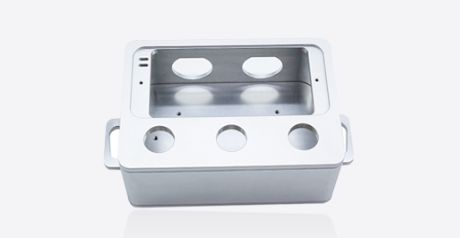 As Machined
As MachinedThis is the standard finish option. Burrs and sharp edges are removed after machining.
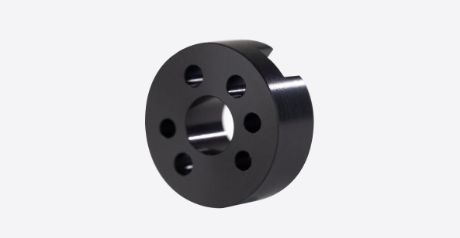 Anodized
AnodizedParts are anodized (Type II or III coating) to the surface, ideal to improve corrosion and wear resistance of components. Parts can be anodized in different colors, clear, black, red and gold are the most common.
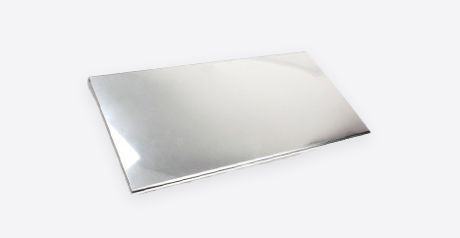 Electropolished
ElectropolishedElectropolishing is a process that removes a thin layer of material from the surface of a metal part. This process can improve the surface finish, remove burrs, and enhance the corrosion resistance of the part.
 Brushed
BrushedBrushed finish is a surface treatment that creates a uniform, linear pattern on the surface of the metal. This finish is often used for decorative purposes and can help hide surface imperfections.
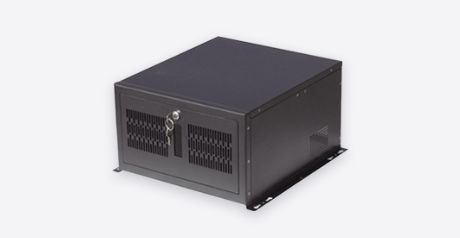 Powder Coat
Powder CoatPowder coating is a dry finishing process that creates a hard, durable finish. The powder is applied electrostatically and then cured under heat to form a protective layer.
 Laser Engraving
Laser EngravingLaser engraving is a process that uses a laser beam to create permanent marks on the surface of a material. This process is precise and can create detailed designs.
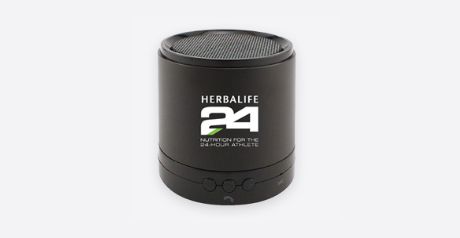 Screen Printing
Screen PrintingScreen printing is a printing technique that uses a mesh-based stencil to apply ink onto a substrate. This process can be used to create detailed designs and logos on parts.
| Tolerances for Linear Dimensions (GB/T 1804-2000 Class F) | ||||||||
| Dimension (mm) | 0.5~3 | 3~6 | 6~30 | 30~120 | 120~400 | 400~1000 | 1000~2000 | 2000~4000 |
| Tolerances | ±0.05 | ±0.05 | ±0.10 | ±0.15 | ±0.20 | ±0.30 | ±0.50 | ---- |
| Tolerances for Angle Dimensions (GB/T 1804-2000 Class F) | ||||||||
| Dimension | ~10 | 10~50 | 50~120 | 120~400 | 400 | |||
| Tolerances | ±1° | ±30' | ±20' | ~10 | ±5' | |||
1. Keywords: Good Quality, Convenient
The parts are of good quality and online purchasing is very convenient, save a lot of time for us. Thanks!
2. Keywords: Good Quality, Fast Delivery
The quality is good and the delivery is fast. The parts meet our requirements perfectly. Will continue to cooperate!
3. Keywords: Professional, Good Quality, Fast Delivery
Very professional service, good quality and fast delivery. The technical support is excellent. Highly recommended!
4. Keywords: Long-term Cooperation, Good Quality
We have been cooperating for a long time. The quality is always good and stable. The service is excellent!
The biggest difference between CNC processing services and ordinary general lathes, CNC machining center than general ones more than the knife library and tool change device. CNC machining center to further improve the degree of automation and production efficiency of general lathes. The most specific difference between CNC machining center and general CNC machine tools is that CNC machining workpiece only clamping once, the system device can control the machine tool to automatically change the tool and can realize the workpiece milling on the machining surface, drilling, reaming and tapping. Especially for box parts, general CNC machine tool change knife is very troublesome, need manual replacement. Therefore, numerical control machining center has many advantages, it is an essential equipment in the production of numerical control machine tools. For example, the existing five-axis machining center can hardly replace other CNC equipment. The 5-axis machining center can be used for machining complex space curved parts, such as propeller and aircraft curved parts. The application field is one of the most mechanical devices in all high-tech industries.
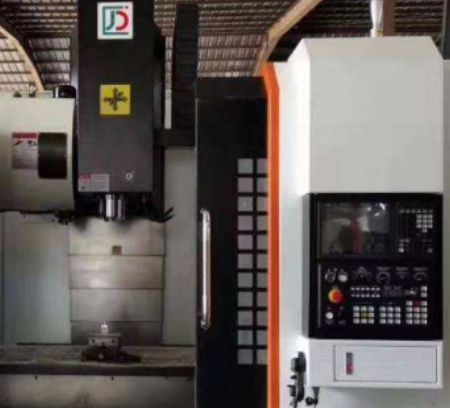
CNC Machining Center Advantages
1. High efficiency: One-time clamping can complete multiple processes
2. High precision: Can achieve high precision machining requirements
3. High flexibility: Can process complex parts with various shapes
Surface treatment is an important process in CNC machining of aluminum alloy shells. It can improve the appearance, corrosion resistance, and wear resistance of the parts.
1. Aluminum Alloy Shell CNC Machining Tin-Cobalt Alloy Plating
Tin-cobalt alloy plating is a common surface treatment for aluminum alloy shells. It can improve the corrosion resistance and wear resistance of the parts, and also enhance their appearance.
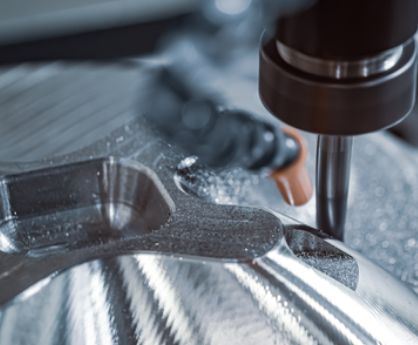
Copper-tin alloy plating gives the aluminum alloy shell a golden appearance, which is beautiful and durable.
2. Aluminum Alloy CNC Machining Electroplated Copper-Tin Alloy
Copper-tin alloy plating is another common surface treatment for aluminum alloy shells. It can provide a golden appearance and good corrosion resistance.
1. Process Analysis of CNC Machining Center
Process analysis is the first step in CNC machining. It involves analyzing the process requirements, determining the processing methods, and formulating the processing plan.
The main tasks of process analysis include: determining the processing methods, processing sequence, processing equipment, and processing parameters.
The content of process analysis includes: part structure analysis, processing requirements analysis, processing method analysis, processing equipment analysis, and processing parameter analysis.
1. Surface with higher dimensional accuracy requirements
2. High requirements for phase accuracy of the surface
3. Complex curves and surfaces
4. Can be concentrated processing of the surface
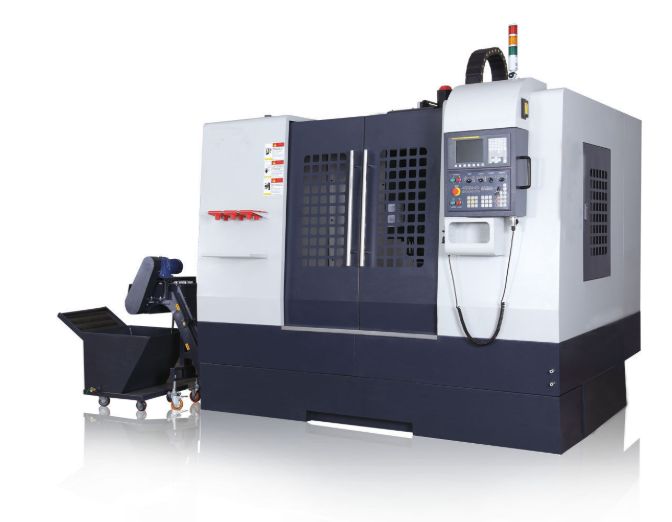
2. Industrial Analysis of CNC Milling
CNC milling is a common machining method in industrial production. It has the advantages of high efficiency, high precision, and high flexibility.
1. Curves on parts
2. The spatial surface of the mathematical model
3. The part with complex shape
4. It is difficult to observe
5. Simple surface can be installed
6. The general processing content can double improve productivity
High-precision machining is a machining method that requires high precision, high surface quality, and high efficiency. It is commonly used in aerospace, electronics, and medical fields.
The processing flow of high-precision parts includes: pre-processing check, raw material check, processing, self-inspection, and quality inspection.
Pre-processing check includes: whether the mechanical parts are loose, whether the processing technology of parts is reasonable, whether the machining position of CNC parts is correct, and whether the CNC production of machining parts specifications is correct.
Raw material check includes: whether the raw materials meet the requirements, whether the raw materials are sufficient, and whether the raw materials are properly stored.
Self-inspection is an important part of quality control. It includes: dimensional inspection, surface quality inspection, and processing accuracy inspection.
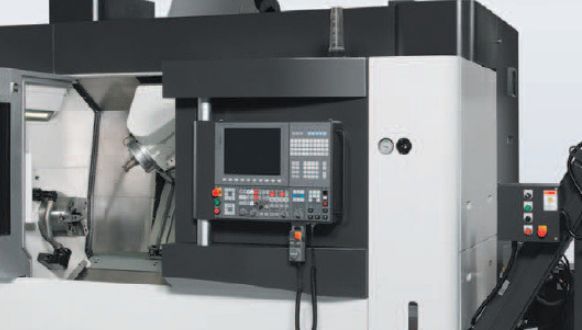
Deep processing of aluminum alloy shells can improve their performance and service life. It includes: surface treatment, heat treatment, precision machining, and assembly.
1. Our Certificates: ISO9001, ISO45001, ISO14001, SGS
2. Inspection Report included in every order. Full dimensional inspection reports on request.
3. Material certifications and test reports are available on request.
4. Strict NDA agreements with all partners.
5. Close tracking on lead time and quality, timely update.